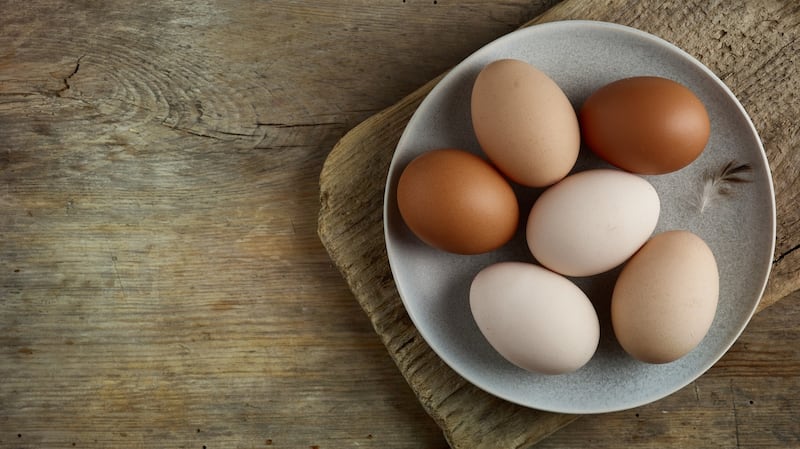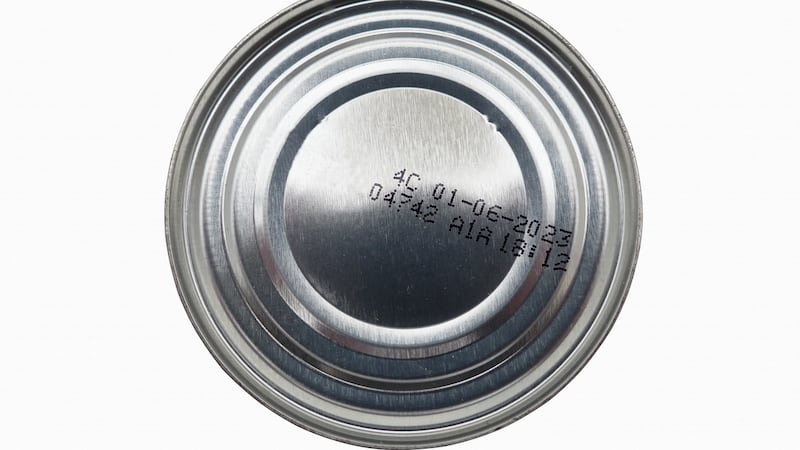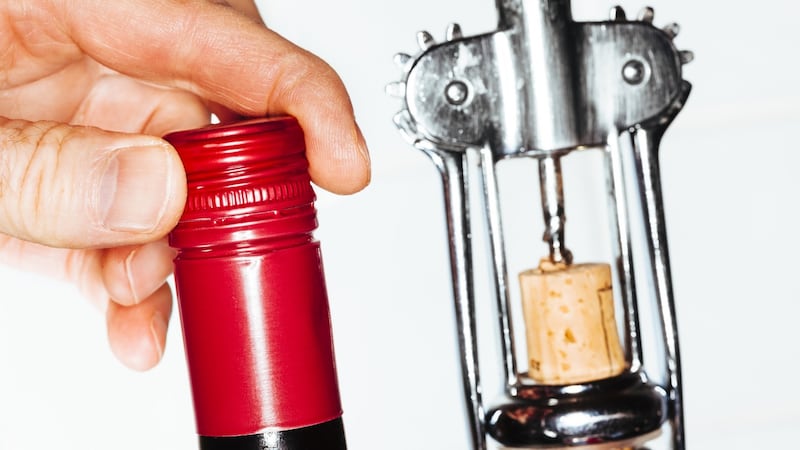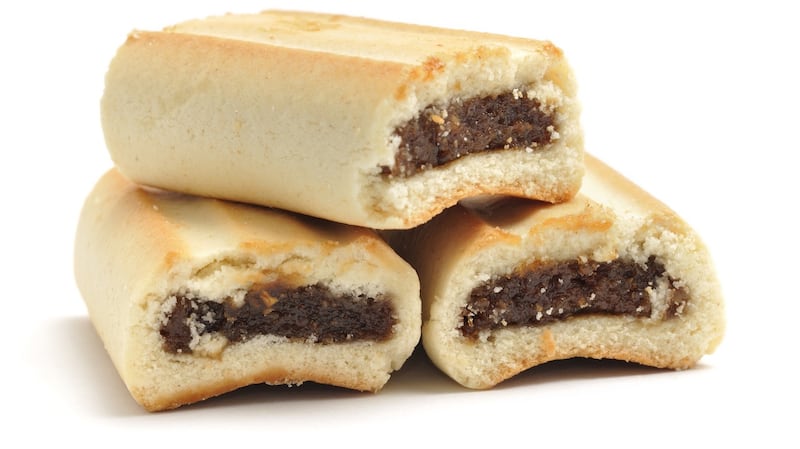You may have forgotten it – what with all the days morphing into each other – but today is actually a bank holiday. And with that in mind we thought we’d ignore the coughing elephant in the room for one day only and answer some of the questions that have been keeping us – and other people – up at night for donkey’s years.
We had some troubling queries of our own that we felt needed to be urgently addressed and took to Twitter in search of similarly pressing questions that people felt they needed answered. Then we threw everything into the pot and this is what came out.

Yesterday was Easter Sunday – a day marked, this year as ever, with the gorging of chocolate. But why do we celebrate what many believe was a crucifixion followed by a resurrection with the eating of egg-shaped chocolate?
Back in the day, Christian churches frowned on those who ate eggs – normal eggs – during Holy Week, the seven days between Palm Sunday and yesterday. No, we don’t know why they did that, either. As a result, strict observers of the rules did not eat any of the eggs their chickens laid. They set them aside. Then, rather than seeing them go to waste, some people started decorating them to give to children as gifts on the big day. The Victorians made this tradition their own but rather than using real eggs, they fashioned them out of cardboard, covered them with fancy cloth and filled them with gifts. The Germans added chocolate to the mix and so a tradition was born.
Why do we have an Easter bunny? Wouldn’t an Easter chicken make more sense?
When you’re talking about a rabbit sneaking about the place with a bag full of chocolate eggs to hide, sense doesn’t really come into it, now does it? The Easter bunny is top dog in this part of the world but it’s s a fox in Germany and a cuckoo in Switzerland.

Speaking of eggs, should the regular ones go in the fridge?
Well that depends on where in the world you are. In the United States and Japan, the food safety authorities insist that all eggs are cleaned before making their way to shops. They do this to reduce the spread of salmonella from the gunk sometimes found on shells. In the European Union, on the other hand, regulations forbid egg washing over fears that washing an egg damages its protective cuticle which stops bad bacteria entering the egg. So in this country your eggs don’t need to go in the fridge. Most people still put them there, mind you – because they have to go somewhere and don’t fridges come with an egg holder? If you do chill your eggs you are supposed to bring them to room temperature before cooking, so they don’t end up runnier than you like them. Like anyone has time for that.
What about tomatoes? Should they be kept in the fridge?
Absolutely not. Tomatoes are sensitive to low temperatures and your fridge will reduce the activity of their enzyme-producing genes and degrade their flavour. So store them at room temperature and eat them before they start to rot. Pricewatch adopted this approach a while back and the fruit flies went mad for the tomatoes so back in the fridge they went.
Why are eggs so hard to find in my supermarket?
Because retailers keep moving them around like some class of corporate Easter bunny. They know eggs are a staple which people often come into the shop to buy. And they don’t require a fridge like dairy products or a huge amount of dedicated space like bread. So if the eggs get moved about sporadically throughout the year shoppers have to wander the aisles on occasion looking for the damn things. While on their wanders, they are led to parts of the store they might otherwise ignore and by doing that they might buy things they had not intended to buy.
Speaking of supermarkets, why is the booze always on the last aisle of a supermarket?
This is another example of retailers playing with us. They put all the healthy and colourful things – fruit, vegetables, flowers and the like – at the start of your shopping journey and the treats and booze at the end. By the time we have made our way around the shop and arrive at the booze aisle we are pleased with all the healthy stuff so happily add some not-so-healthy stuff. If the booze was in the first aisle we visited, then for a spell, our trollies would just have wine, beer or spirits in them and that might make us feel bad – and less inclined to buy as much of the stuff.
What is that whirring sound an ATM makes?
It is nothing sound. It is certainly not the machine counting out your notes. The great god of the internet has told us that the noise is produced by a speaker so users will be assured their money is on the way and in the absence of the noise, the machine would be silent.
If a steak has a use -by date of today and I cook it, can I eat it tomorrow?
Yes, cooking a product that is just about to pass its use-by date typically extends its edible life by two or three days.

How do they work out the best-before and use-by dates anyway?
Manufacturers rely on a heady cocktail of maths, experience, testing and guessing. Equations are sometimes used to work out when food will turn using a predicted rate of bacteria growth. Another approach is to rely on past experience with a particular products. Testing is sometime done to establish a shelf life. A product gets put through whatever conditions it may experience in the retail chain to see what impact light and temperature and movement have on it. The product is tested repeatedly and when it goes bad, it will have a certain date. The maker will then take off a few days off to give it a safety net and that is the use-by or best-before date. And then sometimes, with a product in an airtight can, for example, they just pick a random date in the future run with it.
Where does the lovely new car smell come from?
Is it really that lovely though? What you are smelling in a new car is vinyl and plastic and glue minus the human odours we add to the mix. The smell is made of more than 50 volatile organic compounds. The compounds break down at a rate of about 20 per cent per week, so after a month they will have all but disappeared. The new car smell might disappear for good in the years ahead as carmakers are busy working out ways to make cars without all the sealants and solvents that give new cars their unique odour.
Why are things often priced in amounts ending in 99?
It is probably not what you think. Or at least it wasn’t at the start. Most people think such a pricing system is done to fool us into thinking things are cheaper than they are. In the 19th century mechanical registers could not issue receipts or do internal tallies. So they only way a store owner could know a sale was happening if he was elsewhere in the shop was through the sound of the cash register opening. When everything was priced at numbers ending in nine, cashiers had to open the tills to give a penny in change, so every sale was audible.

And speaking of 99s, why is a 99 called a 99?
Thank the Italians. And Cadbury. When Italy had monarchs, the king was always assigned an elite guard made up of 99 soldiers and, as a result, the fanciest of things became known as 99s. Fast forward to the 1930s, when Cadbury launched a little Flake specially for ice-cream cones. The ice-cream business was dominated by expat Italians and, to appeal to those key buyers, Cadbury’s called their innovation a 99.
Why isn’t a size 12 or 14 the same in all shops?
Women’s clothes sizes are mostly meaningless. Sizes became a thing only in the 1920s with the rollout of mass-production techniques. In the 1930s, the authorities in the United States set out to create a standard system. Then war intervened so it took almost 20 years for a commercial standard to be arrived at. It combined figures for bust, height and hip. The system was almost immediately out of date, as body shapes had changed a lot between 1939 and the 1960s. They have continued to change in the US and here. To add to the confusion, sizes in the US, Ireland, the rest of Europe and elsewhere are all different, so a US size six can be an Irish eight, a French 36 or a Japanese nine.

How long does a bottle of wine last after opening?
While we are tempted to say as long as it takes to drink it there is a better answer. If you put the cork back in a bottle of unfinished wine and stick it in the fridge – red included – you limit the wine’s exposure to oxygen, heat and light so it should last from two to five days, with wines with more tannin lasting longer. If you forget to recork and refrigerate it, it might be gone before you wake up on the morning after the night before.
Are generic painkillers as good as branded ones?
Yes. The only difference between an expensive, branded painkiller and a very cheap generic one is the price, because both are made with the same active ingredients and have to pass the same stringent tests set by the authorities.
Is a potato a vegetable?
Obviously but that does not mean a scoop of buttery mash constitutes one of your five a day – or five scoops five of your five a day. Despite being entirely natural and full of vitamins and minerals, potatoes are a starchy food. So nutritionists cross them off the good-vegetable list and lump them in with pasta and rice, as a carbohydrate.
What is the difference between red and white cheddar?
Dye. Red cheddar and white cheddar are the same cheese but the red one has colouring added. And why would anyone bother dying cheese? Makers of Cheshire cheese used to make cheap and premium products, with the former identifiable by red food colouring. Then they started doing something similar in Leicester. People seemed to like red cheese, so the cheddar makers got on board.
Why would anyone buy a hot-cross bun for a penny when you can get two for the same price?
This came from a reader called Terry Treanor. It is a great question. But there is an answer. You should only buy as many hot-cross buns as you and your daughters and your son need. Do not be stockpiling the hot-cross buns. Even if one or two cost the same price.

Is there any difference in quality between wine bottles with a screw top and cork?
We found ourselves on winesdirect.ie when we went in search of an answer to this question. “There is a misnomer that the wine underneath a screw cap must be inferior” that site says. It suggests that this is “a misguided belief originally fuelled by Old World wine countries fearing the threat of up-and-coming wine nations such as Australia and the USA who began using screw caps instead of corks . . . We believe the important point in this prickly dispute is that screw caps are proving every bit as good as, if not better than, corks for sealing wine. In short, don’t judge a wine by its seal.”

How do they get the figs into the fig rolls?
We have no idea and no-one at Jacobs has ever revealed the secret. We can tell you that the company was set up in Waterford in 1851 by two Quaker brothers, William and Robert Jacob, and moved to Dublin’s Bishop Street – a site which was occupied by rebels in the Easter Rising. It merged with Boland’s – another biscuit site occupied by rebels in the 1916 Rising – in the 1970s and then everything was transferred to Tallaght. Rosie Hackett – of the bridge fame – was a union organiser at Jacobs and was sacked by the company for her role in the 1913 lockout. If she knew how the company got the figs into the fig rolls she never told anyone either.
Who ended up taking the horse to France?
They sent the young lad over on the ferry on his own. He never came back.
How does the label on Imperial Leather stay on the soap until the end of the bar?
Who among us has not wondered this? The soap gets smaller but the label stays the same size and it stays on the soap defying all the laws of physics (or, you know, none of them). Turns out that the sticker is not there just as a decoration but is on the soap to make it last longer and not get mushy. The Imperial Leather people have been asked this before. “When the soap is used, the sticker will make and keep the top surface, where the sticker is on, concave. After use, the soap is supposed to be upside down. The concave surface will help water run out from the bar and minimise the touching surface on a soap tray.”
Can I recycle wine corks?
Chances are a many Irish households will have found themselves generating a good deal more cork-related waste in recent days. The good news that wine corks can be recycled. It is both natural and biodegradable material and can become all sorts of things including cork boards, coasters and flooring. The bad news is that recycle centres in Ireland don’t commonly have the capacity for recycling them. They can, however, go in your brown bin and are suitable for composting.
My nearest cafe offers a bacon-and egg-sandwich priced at €9.90. Would this be a likely candidate for Ireland’s most expensive bacon-and-egg sandwich?
Well we can’t say for sure but we thought we might break down the price. You can buy six rashers for about €1.80 retail, which is 30 cent a slice. Let’s assume the wholesale prices is €1.20 (it’s probably a good bit cheaper, to be honest). If four slices go into a sandwich, the cost to the cafe is 80 cent. You can buy 12 free-range eggs in a big supermarket for €2.99. If the wholesale price was €2.40 and you put two eggs into the sandwich, the cost to the cafe would 40 cent. Add another 80 cent for the bread and you’re looking at a cost to the cafe of €2. Even if we add 50 cent for sauce and butter, that is still a hefty mark-up.
What the hell is in brown sauce?
It is a sauce – brown in colour – which is made with tomatoes, molasses, dates, apples, tamarind, spices, vinegar and other stuff. Chef and YR are the big Irish brands of this quintessentially English condiment. It was born in Nottingham in the late 19th century and has been great with steak and cheese ever since. We’ll not hear a word against it.




















